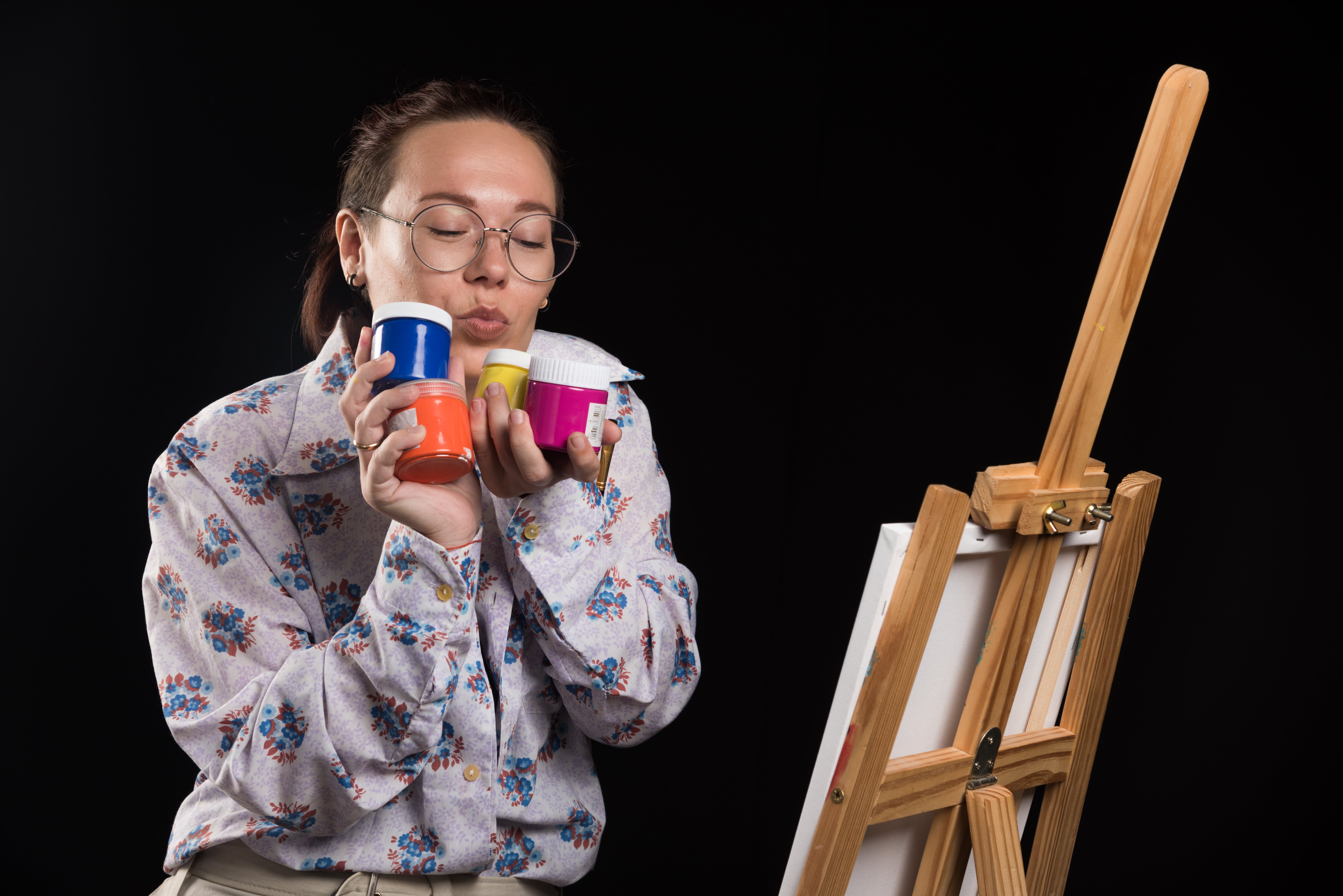Education drawing doesn't need to be complex. Simple sketches like stick figures, flowcharts, or mind maps can effectively illustrate ideas. For younger students, creating "education drawing easy" exercises, such as drawing animals for biology lessons or illustrating historical events, can make learning fun and accessible.
Teachers can encourage students to use colors and symbols to represent different ideas, reinforcing key concepts creatively. Apps like
Khan Academy Kids provide excellent examples of using drawings for education.
2. Physical Education Drawing: Promoting Movement and Learning
Physical education drawing combines art and activity to help students understand movement and anatomy. For example, students can draw diagrams of muscles, joints, and the human skeletal system to learn how the body works.
Another great idea is to create posters showing different exercises or sports techniques. These visual aids enhance understanding and encourage students to stay active. Teachers can find inspiration for physical education drawing through resources like TeachPE.
3. Creative Education Drawing Ideas for the Classroom
Teachers can introduce innovative drawing projects tailored to various subjects:
- Science: Draw the lifecycle of a butterfly or a food chain diagram.
- History: Illustrate key historical events or timelines.
- Language Arts: Create storyboards for literature or draw characters from a novel.
These education-drawing ideas help students connect with the material emotionally and visually, fostering deeper understanding and creativity.


